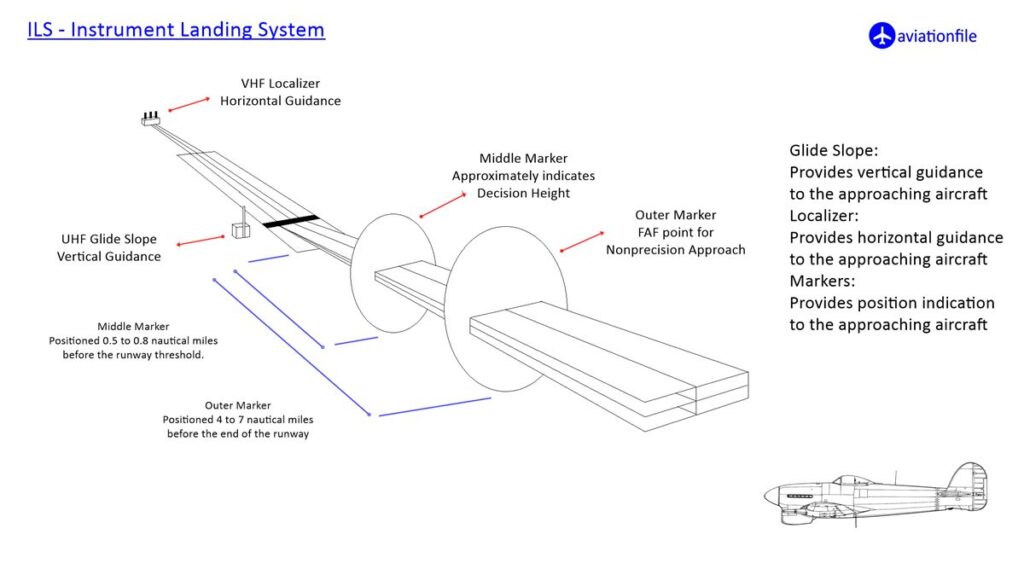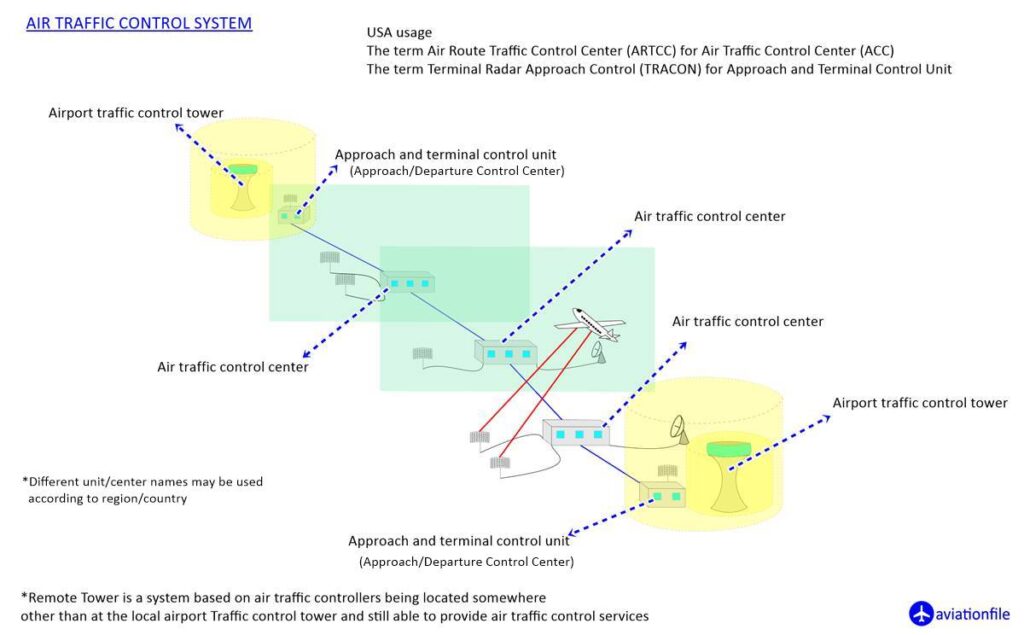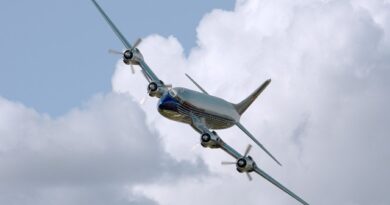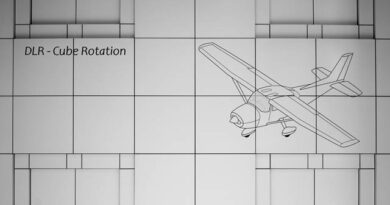What is IFR? A Comprehensive Guide to Instrument Flight Rules
Aviation relies heavily on safety and precision. One key aspect that ensures safe air travel, especially in poor weather conditions, is IFR or Instrument Flight Rules. But what exactly is IFR, and why is it important? This article explains what IFR is, its significance in aviation, and how it differs from Visual Flight Rules (VFR).
What is IFR?
Instrument Flight Rules (IFR) govern the operation of aircraft in conditions where pilots cannot rely on visual references. These conditions include situations like flying through clouds, fog, or heavy rain. When pilots cannot see the horizon or other external landmarks, they must rely on their instruments. These instruments provide crucial data such as altitude, attitude, airspeed, and direction.
Under IFR, air traffic control (ATC) guides pilots, ensuring that aircraft maintain safe distances from each other and avoid obstacles. This system is vital for maintaining safety in the skies.
IFR vs. VFR: What’s the Difference?
- Visual Flight Rules (VFR): VFR allows pilots to navigate using visual cues like the horizon and landmarks. It is used in clear weather conditions. Pilots have more freedom under VFR, requiring less assistance from ATC.
- Instrument Flight Rules (IFR): IFR is used when visual cues are not reliable due to poor weather. Flights are closely controlled by ATC. Pilots must follow specific routes, altitudes, and instructions to ensure safety.
Key Components of IFR
- Instrument Approach Procedures (IAPs): These procedures guide pilots during landing under IFR conditions. They help ensure safe descents even when visibility is low.
- Air Traffic Control (ATC) Clearances: Pilots flying under IFR must receive clearances from ATC. These clearances cover takeoff, en route navigation, and landing. They are essential for maintaining safe separation between aircraft.
- Flight Instruments: Pilots rely on instruments like the altimeter, airspeed indicator, and attitude indicator. These tools provide the necessary data to fly safely without visual references.
- Navigation Aids (NAVAIDs): Systems like VOR (VHF Omnidirectional Range), GPS, and ILS (Instrument Landing System) help pilots navigate accurately under IFR.

The Importance of IFR
- Safety in Poor Weather: IFR allows for safe flight in adverse weather conditions. Pilots can rely on instruments to navigate safely, avoiding obstacles and other aircraft.
- Efficient Air Traffic Management: IFR helps manage air traffic, especially in busy airspace. ATC can coordinate flights to prevent mid-air collisions and ensure smooth traffic flow.
- Increased Flight Opportunities: With IFR, flights can operate in a wider range of weather conditions. This reduces delays and cancellations, which is vital for commercial airlines.
- Precision in Navigation and Landing: IFR enables precise navigation and landing. This is crucial at busy airports or those with challenging terrain.

When is IFR Required?
IFR is necessary in several scenarios:
- Low Visibility Conditions: IFR is required when visibility is poor, such as during fog, heavy rain, or at night.
- Controlled Airspace: In controlled airspace, especially at higher altitudes, IFR is often mandatory. This ensures safe coordination between multiple aircraft.
- High Altitude Flights: In many regions, IFR is required for flights above 18,000 feet (Class A airspace in the U.S.). All aircraft in this airspace must be under ATC control.
Conclusion
Instrument Flight Rules (IFR) are essential for safe and efficient aviation. They allow pilots to fly safely even when visual navigation is not possible. By relying on instruments and ATC guidance, IFR ensures that aircraft can navigate and land safely, regardless of the weather.
Understanding IFR is important for anyone involved in aviation. It highlights the systems that keep air travel safe and reliable. Whether you are a pilot, an aviation enthusiast, or a frequent flyer, knowing about IFR can deepen your appreciation of the complexities of modern air travel.


